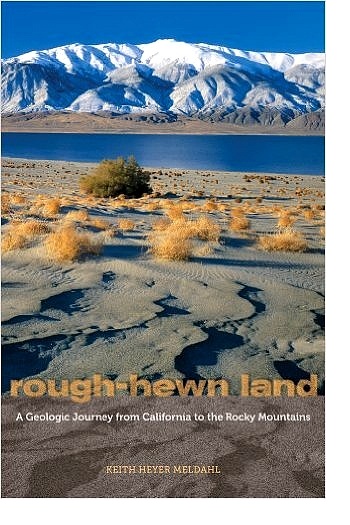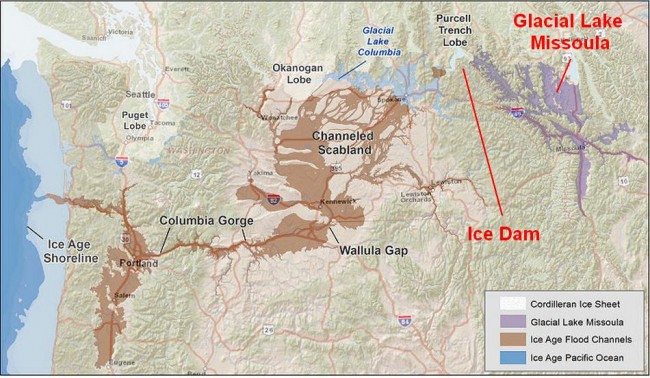A Time For Audacity: New Options Beyond Europe
—-
As we approach tomorrow’s long-awaited referendum on continued UK membership in the European Union, James C. Bennett, author of The Anglosphere Challenge, co-author of America 3.0 and friend of this blog has a new short book out that deserves attention.
From the book’s Amazon page:
For Britons, Canadians, Australians, and New Zealanders, and their friends and allies, the time has come to consider an audacious option. It is time for many reasons. One is that each of you today faces a series of critical decisions about what and who you are and will be. Britain less than two years ago passed one such decision point, which is whether the historical British Union of the four nations would continue together. Although the option of full independence for Scotland was rejected, the question of how the four nations will work together, and in what sort of framework, has now been opened, and it is time for the options that this book will discuss to be part of that discussion.
Now, Britain is on the verge of making another decision threshold about another Union. Again, this is an issue where the answer appears obvious to an outsider, but seems to be a matter of great controversy within the UK. There may be valid reasons why Britain might not want to exit the European Union, but the lack of adequate alternatives for closer trade relations and partnership should not be one of them. Ironically, many of the arguments of advocates of British membership in the EU work better as an argument for the option presented in this work, a Union of the Commonwealth Realms.
You can read the rest and order the book (Kindle download only) here.
 Keith Meldahl, a geologist and professor of geology, has written one of the most interesting
Keith Meldahl, a geologist and professor of geology, has written one of the most interesting 
